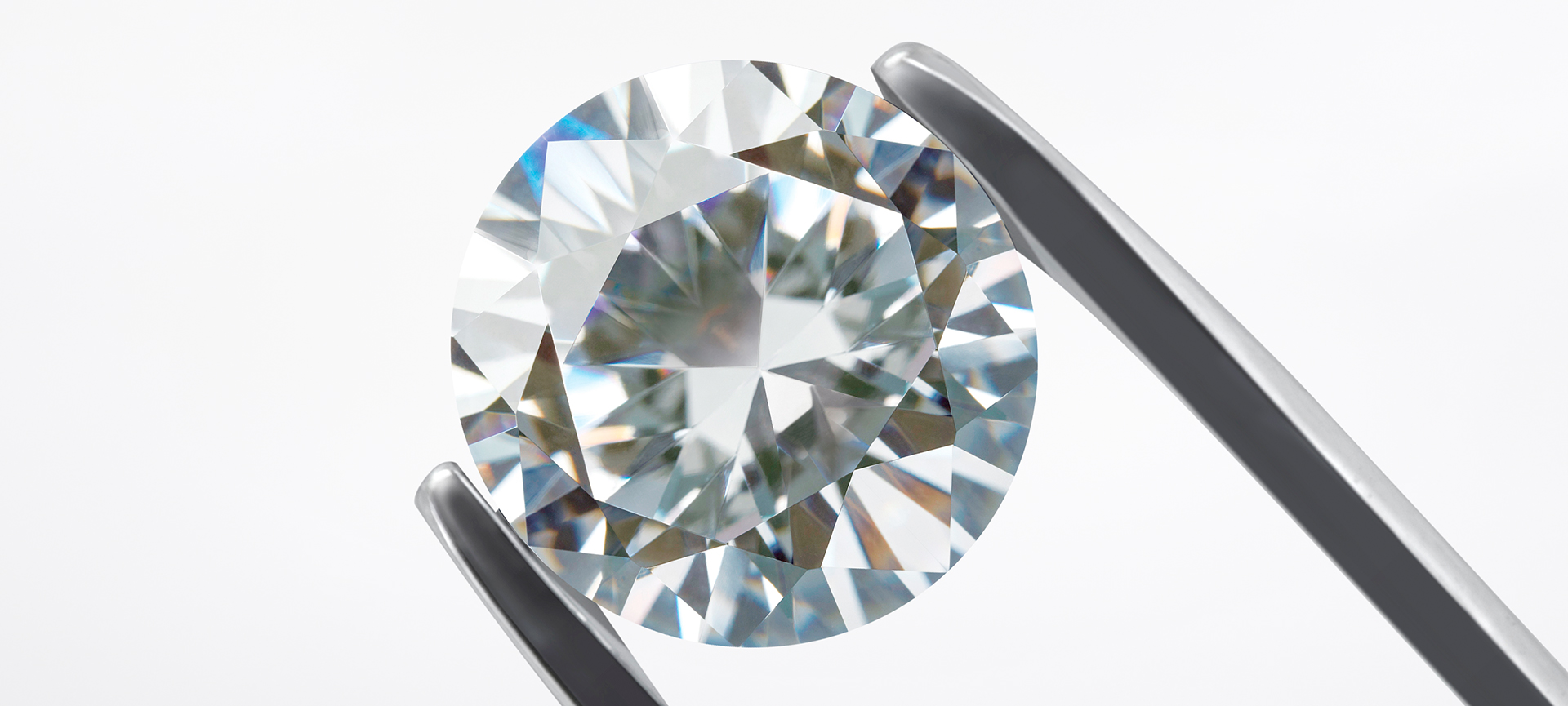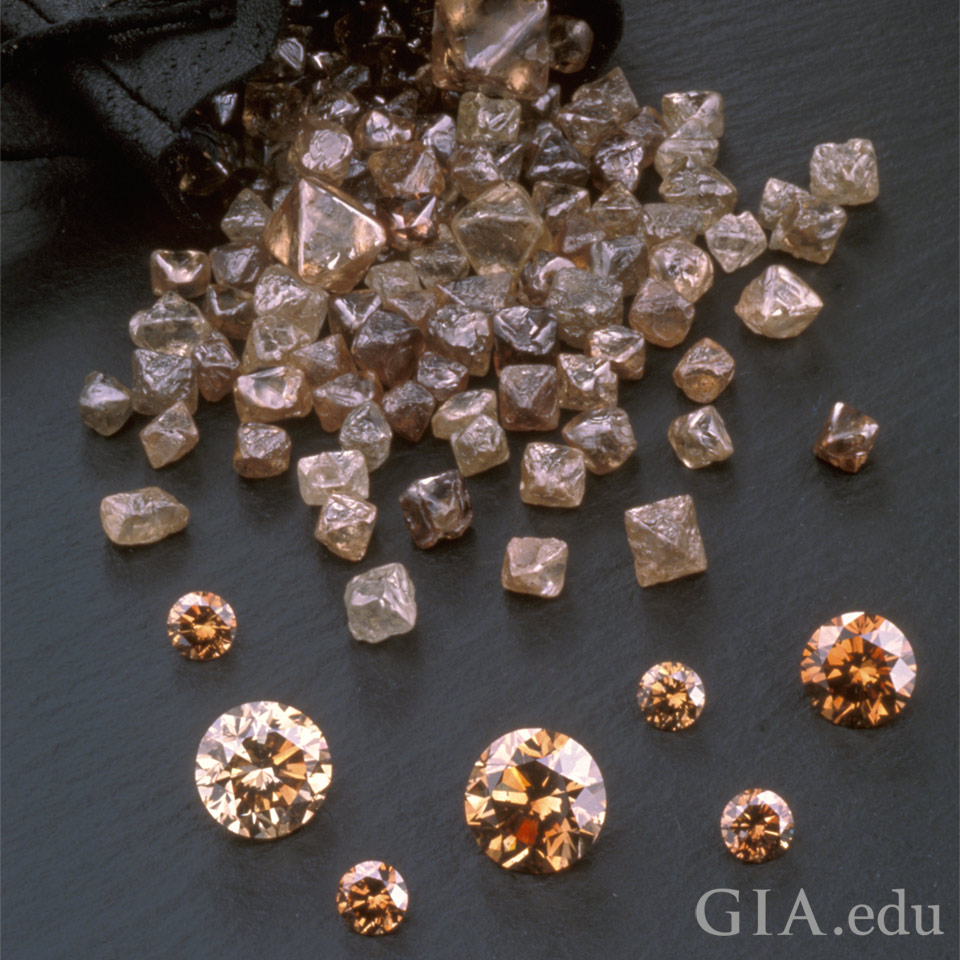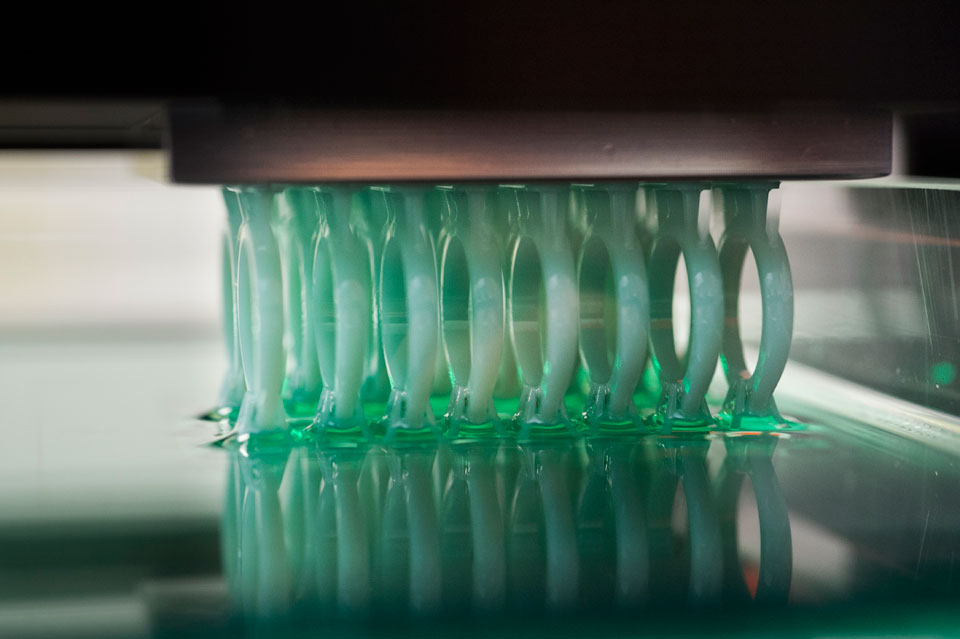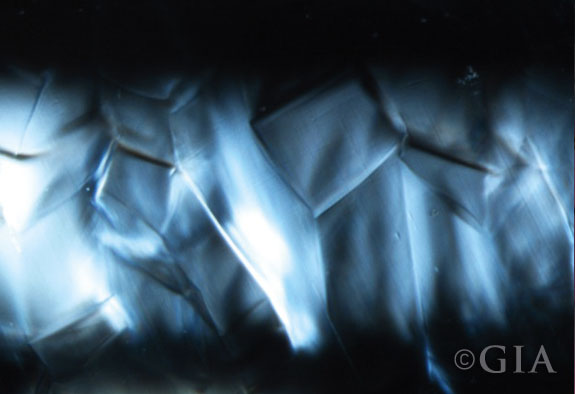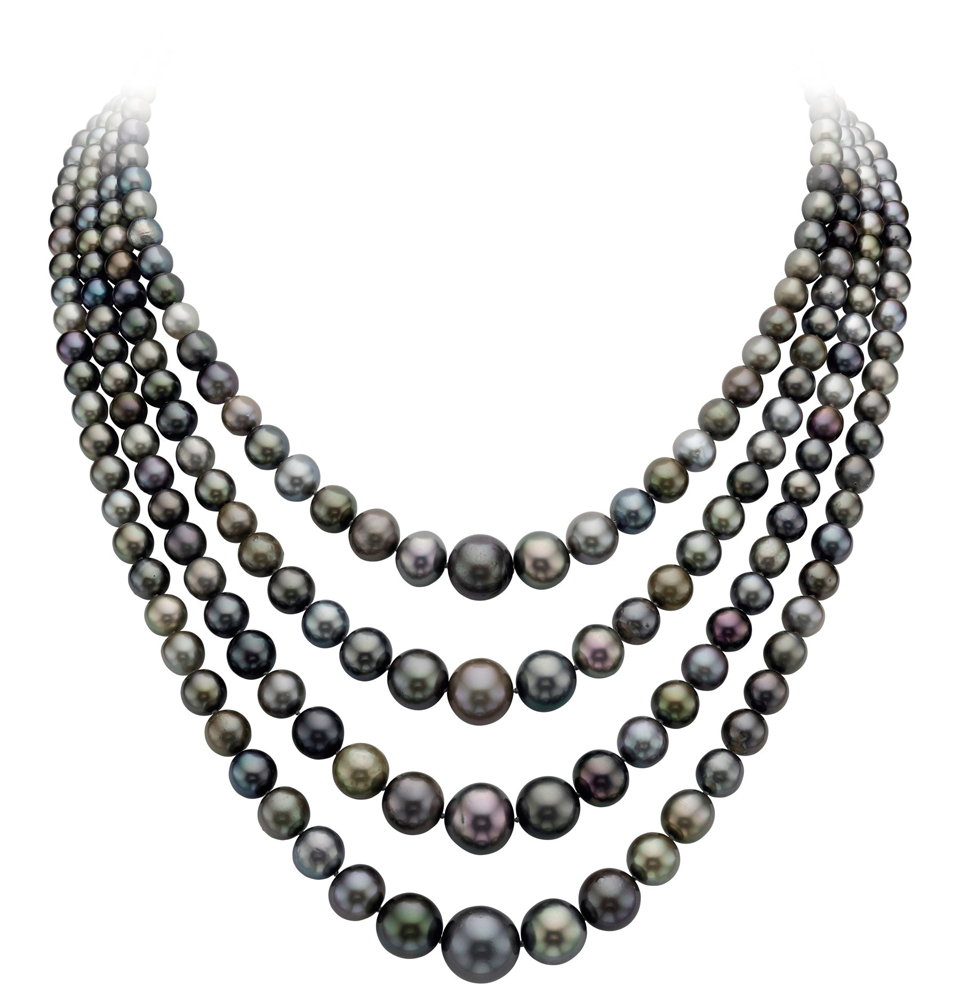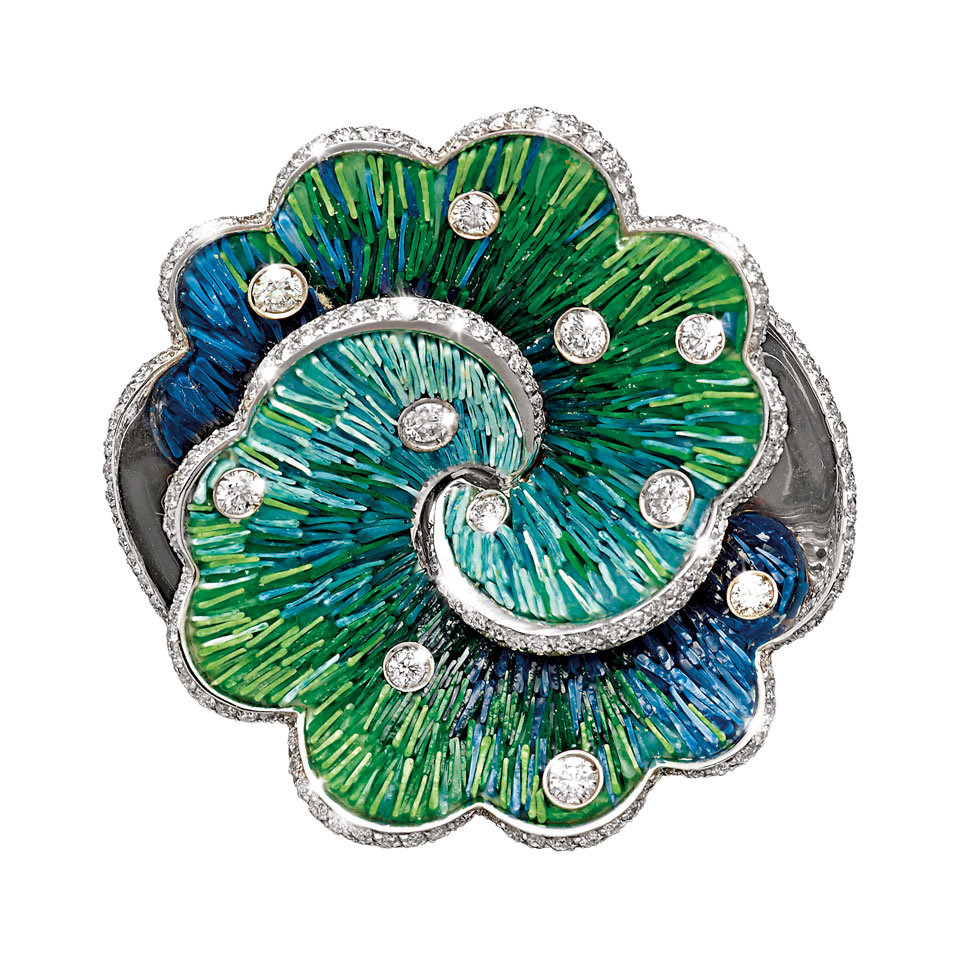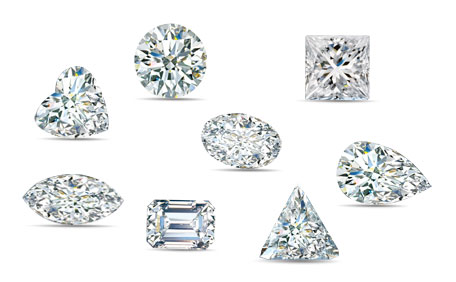October’s birthstone, Opal, displays a unique play-of-color that some say looks like fireworks, lighting, or galaxies trapped inside the stone. The patterns and colors that result from the stone’s interaction with light make each opal one of a kind. (more…)

